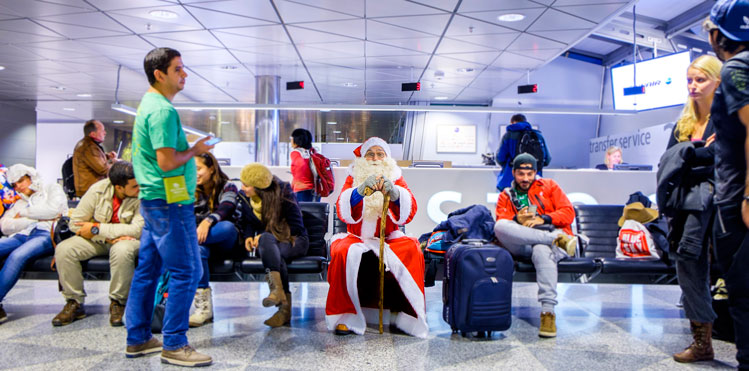
If you regret that you didn’t celebrate the New Year under a palm tree somewhere in the land of eternal summer, we hasten to educate you – you haven’t missed anything yet! The fact is that January 1 is not such a big holiday in Asian countries, since the start date of the new year is calculated according to the lunar calendar and lags behind the European calendar by a month or two, and in some places even by three or four. Thus, having celebrated the winter holiday with all the required attributes, you can once again celebrate the New Year according to the Eastern calendar. After all, two New Years are better than one!
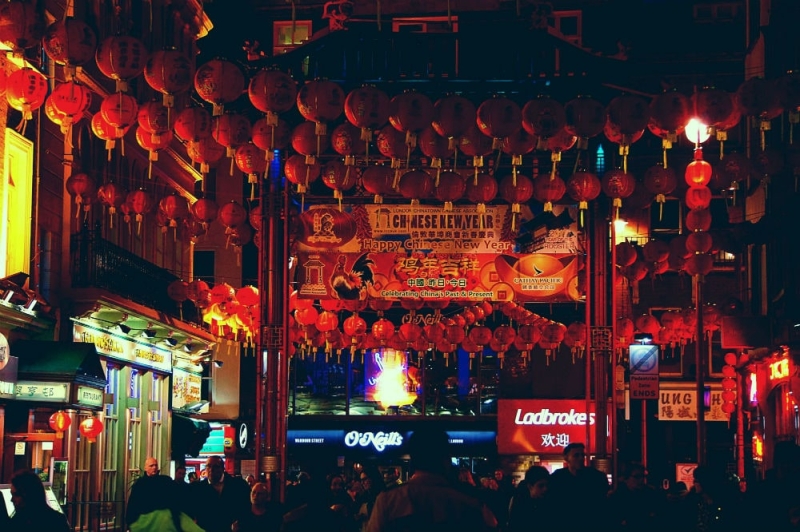
Photo: unsplash.com/@lali_ph
Chinese New Year
The most famous and largest holiday in Asia occurs on the second new moon after the winter solstice, which in 2018 falls on February 16th. According to legend, on this day a monster named Nian walks around China, who enters houses to take supplies and can kill livestock or even greedy owners, so from time immemorial the Chinese hid in their homes on this day, and placed treats on the doorstep to appease Nyan. One day the monster met a child in red clothes, whom Nian was afraid of, from which people concluded that he was afraid of the color red, and since then there has been a tradition of decorating houses and streets with red lanterns. In China, the New Year is celebrated with large-scale theatrical shows, costume parades and fireworks, with festive events lasting up to 15 days.
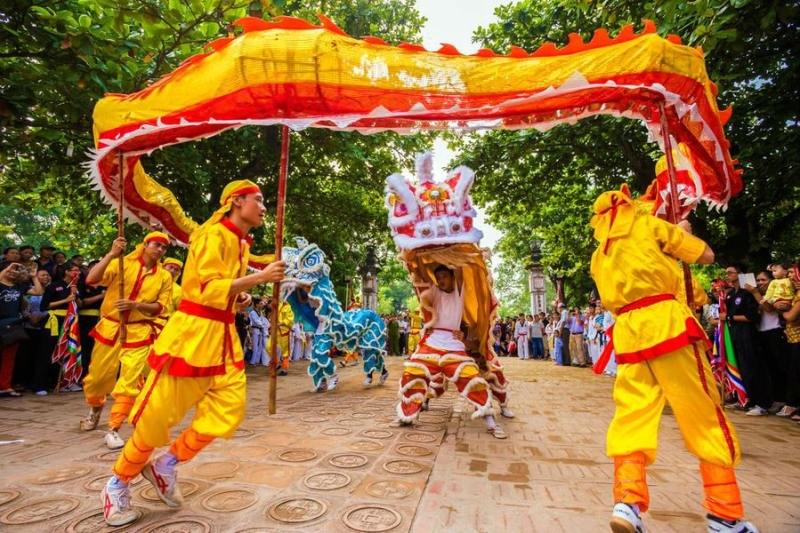
Photo: Phuong-Thao/Shutterstock.com
Vietnamese New Year
The holiday is called Tet and is calculated in the same way as the Chinese New Year, so it coincides with it in date. The celebration lasts a week, during which carnival processions take place in the streets decorated with flowers and fruits. During the main parade, people go out into the street and try to make as much noise as possible to scare away evil spirits, firecrackers explode, tambourines and gongs are beaten, bells are rung, and those who participate in the costume show perform a lion dance: this creature is what A cross between a lion and a dragon, it is a symbol of strength in Vietnamese culture. There are also bustling fairs and festivals during the holiday week, and some attractions, such as Halong Bay, can be visited for free.
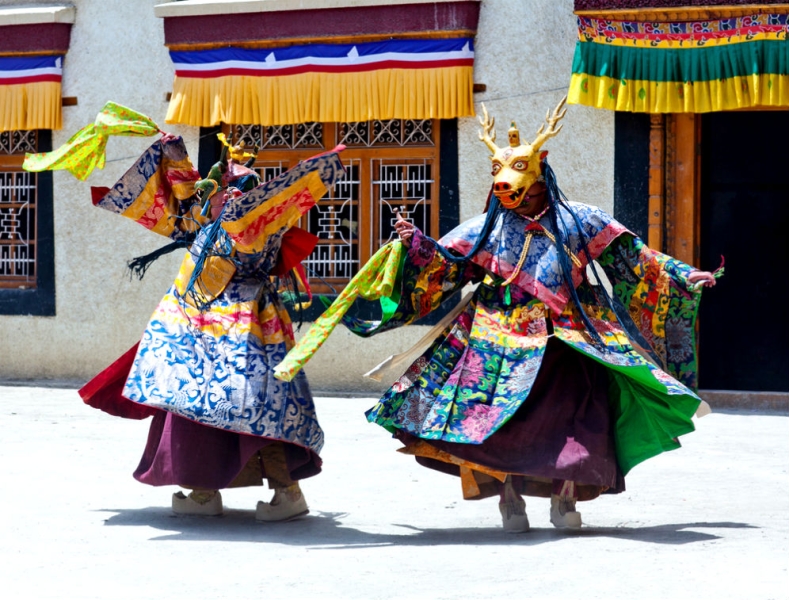
Photo: Zzvet/Shutterstock.com
Tibetan New Year
The festival of the beginning of the new year in Tibet is called Losar, and its date is also calculated according to the lunar calendar. For Buddhists, the onset of the New Year has a sacred character, so most of the festive events are held in temples: for two weeks, there are daily shows with torches and swords, dances in masks of animals and skeletons, battles between good and evil and other mythological stories are staged. Also, in Tibet there is an interesting tradition of fortune buns. In every house before the New Year, pies are baked with different fillings: wood chips, paper, yak hairs, pebbles, coals, salt and even dung. Then these pies are randomly distributed to family members, and based on what filling a person gets, it is determined what his year will be like. By the way, wealth awaits the one who comes across the dung!
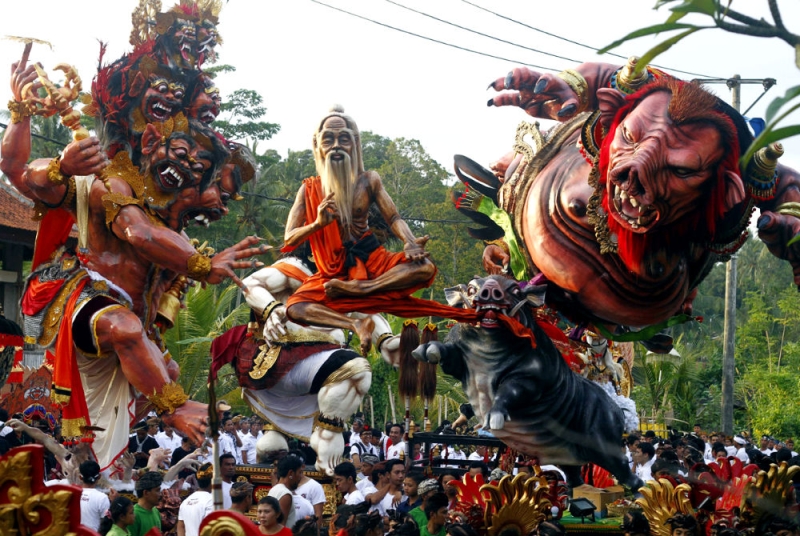
Balinese New Year
The island of Bali, unlike the rest of Indonesia, has its own calendar, according to which the new year begins on the new moon day in March, this year March 17 will be 1940. The holiday is called Nyepi, and on this day the island is plunged into silence for a day. According to legend, on the first day of the year, evil spirits fly over Bali, and in order to remain unnoticed, people lock themselves in their homes, speak only in a whisper, do not turn on the lights or cook food. Tourists are also prohibited from leaving the hotel grounds, and Bali Airport, the only one in the world, is closed for a day. The evening before the Day of Silence, the Ogo-Ogo festival takes place – a procession during which representatives of each village carry a huge figure of a demon, spin it at crossroads, play traditional musical instruments and dance. And of course, the lack of bright lighting on New Year’s Eve is more than compensated for by the unimaginable starry sky.
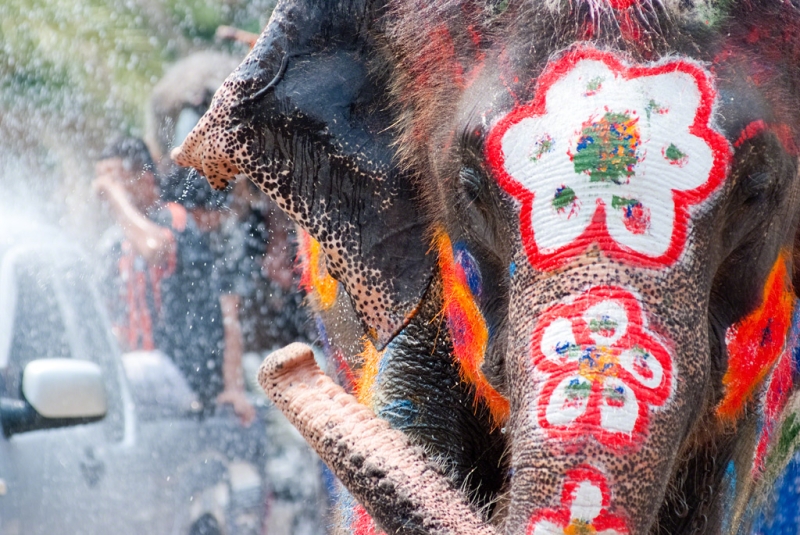
Thai New Year
In Thailand, the new year begins with the beginning of the next rainy season, so depending on the province it is celebrated on April 13-15. On the date calculated according to the ancient Indian astrological calendar, the traditional Songkran festival takes place, during which it is customary to pour water on each other, sprinkle talcum powder and clay, they symbolize spring cleansing and bring the onset of the rainy season closer. In the tourist areas, Songkran is celebrated on a grand scale, so it is impossible to go outside and stay dry, on the other hand, there is nothing wrong with walking around wet from head to toe during the hottest time of the year.

